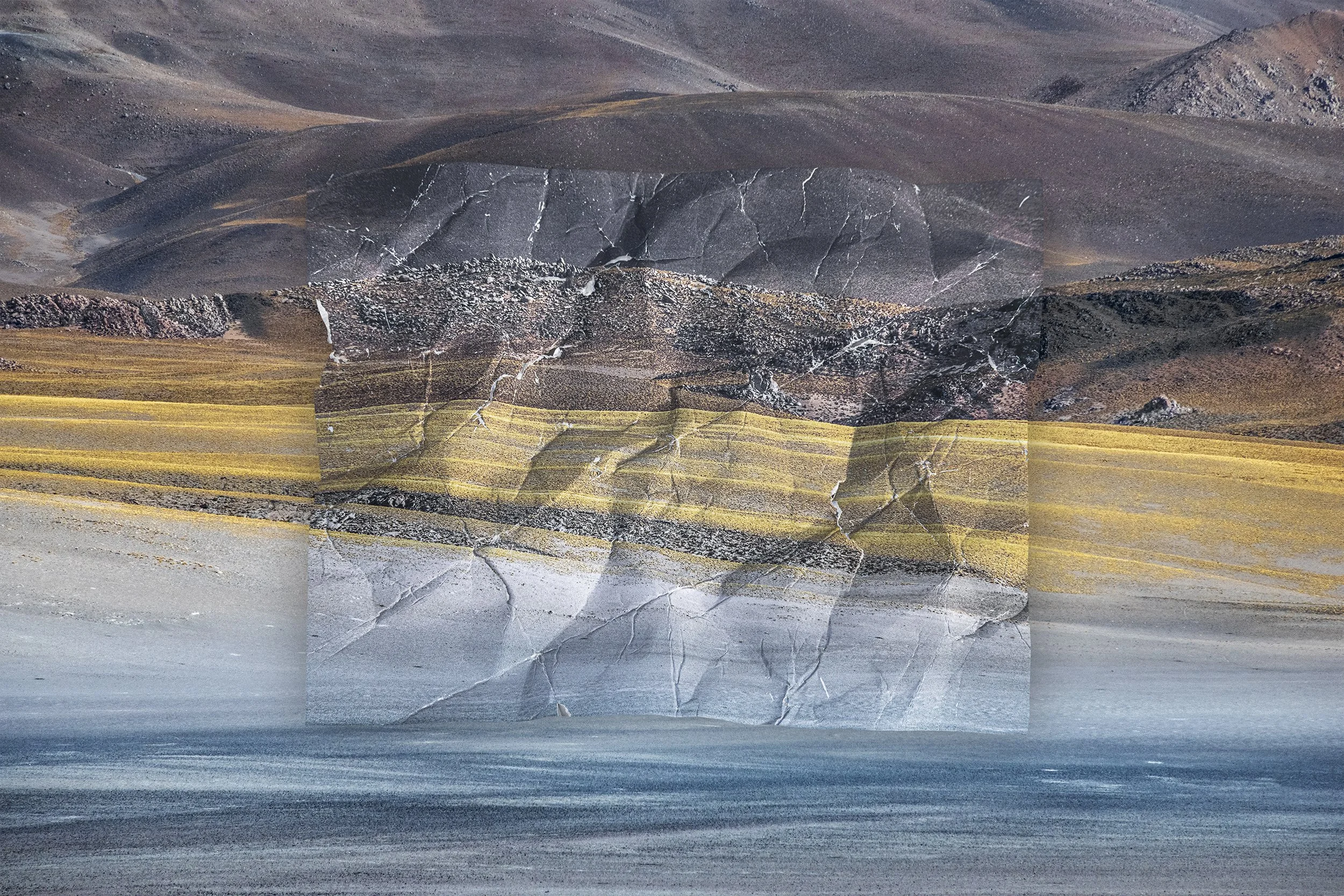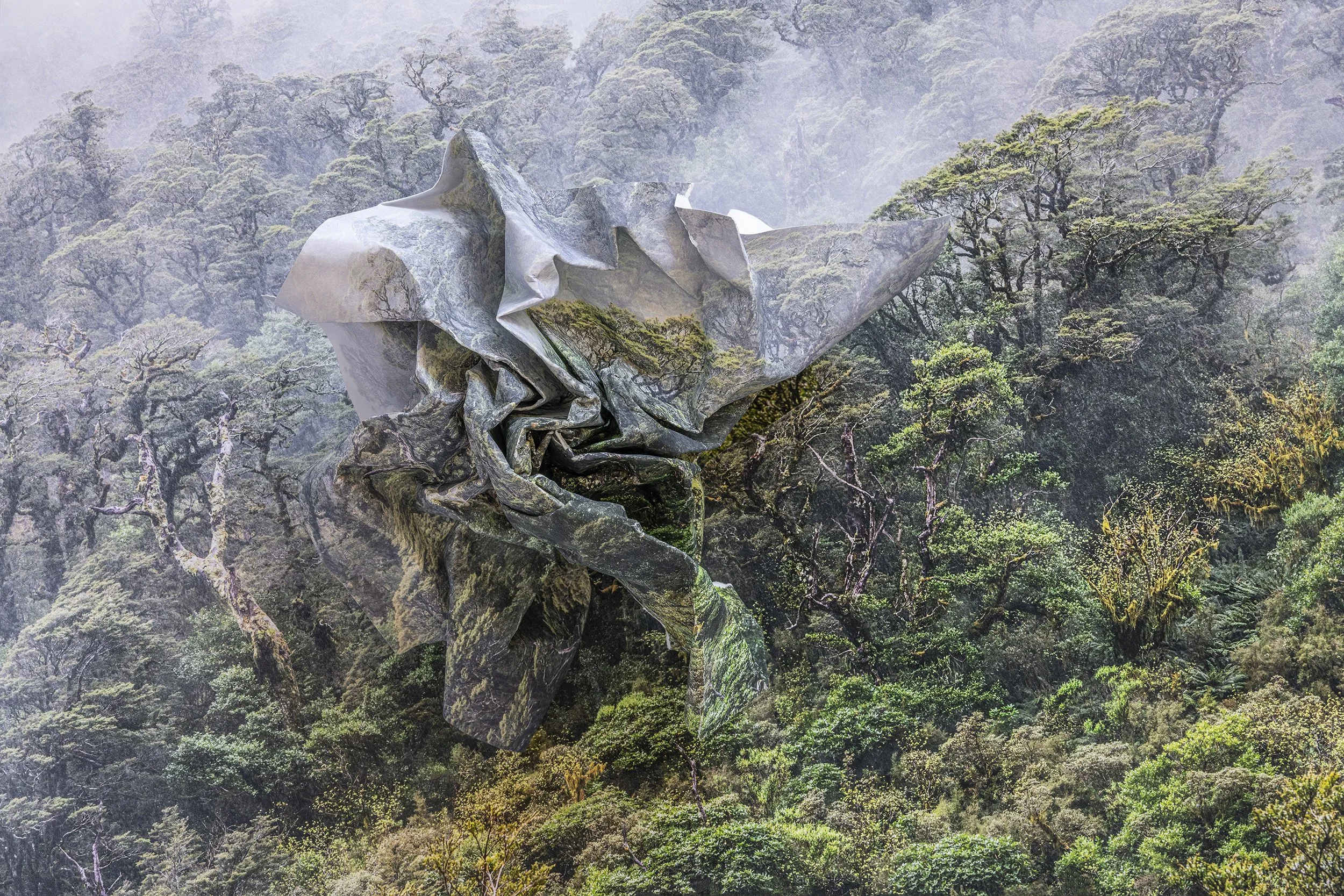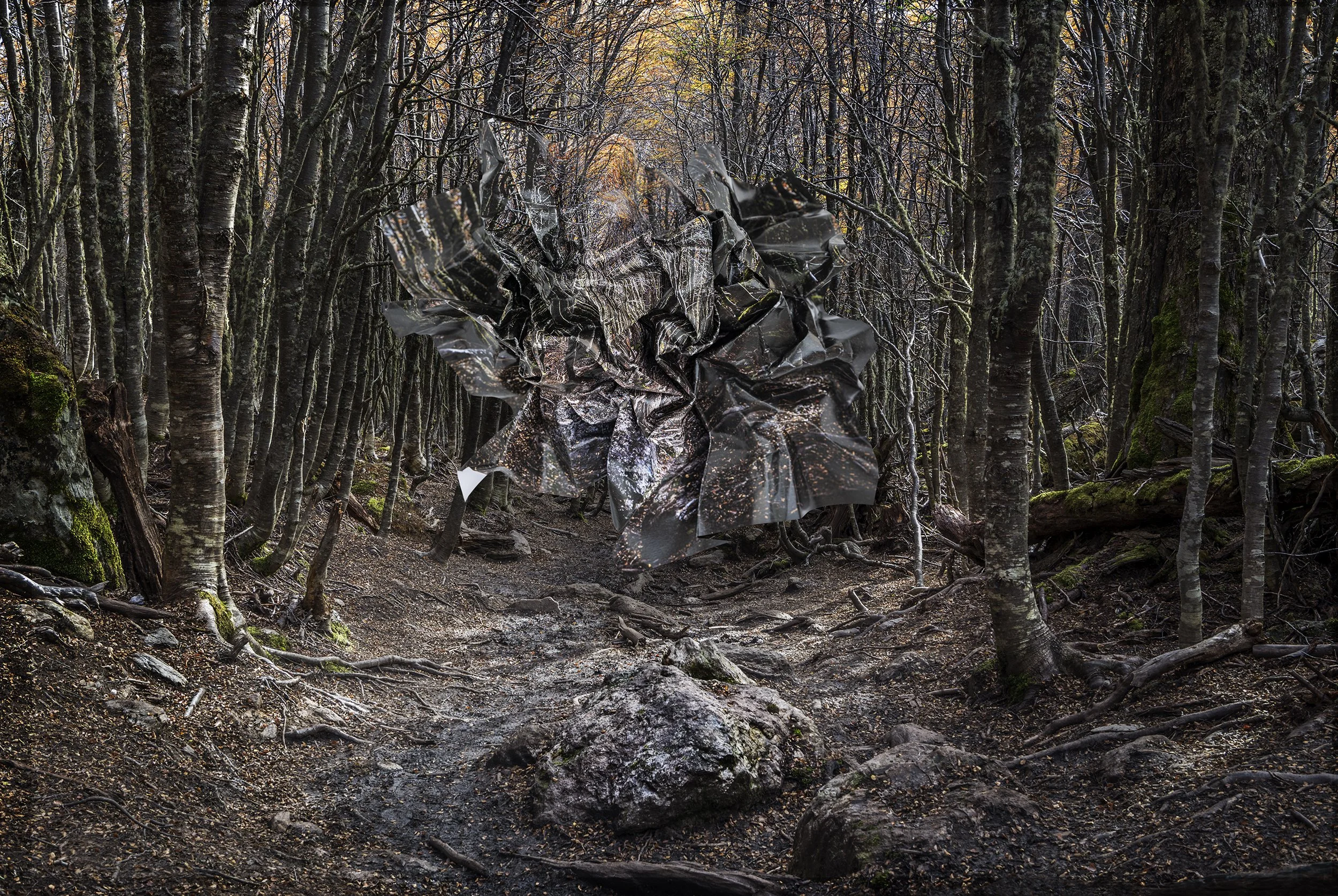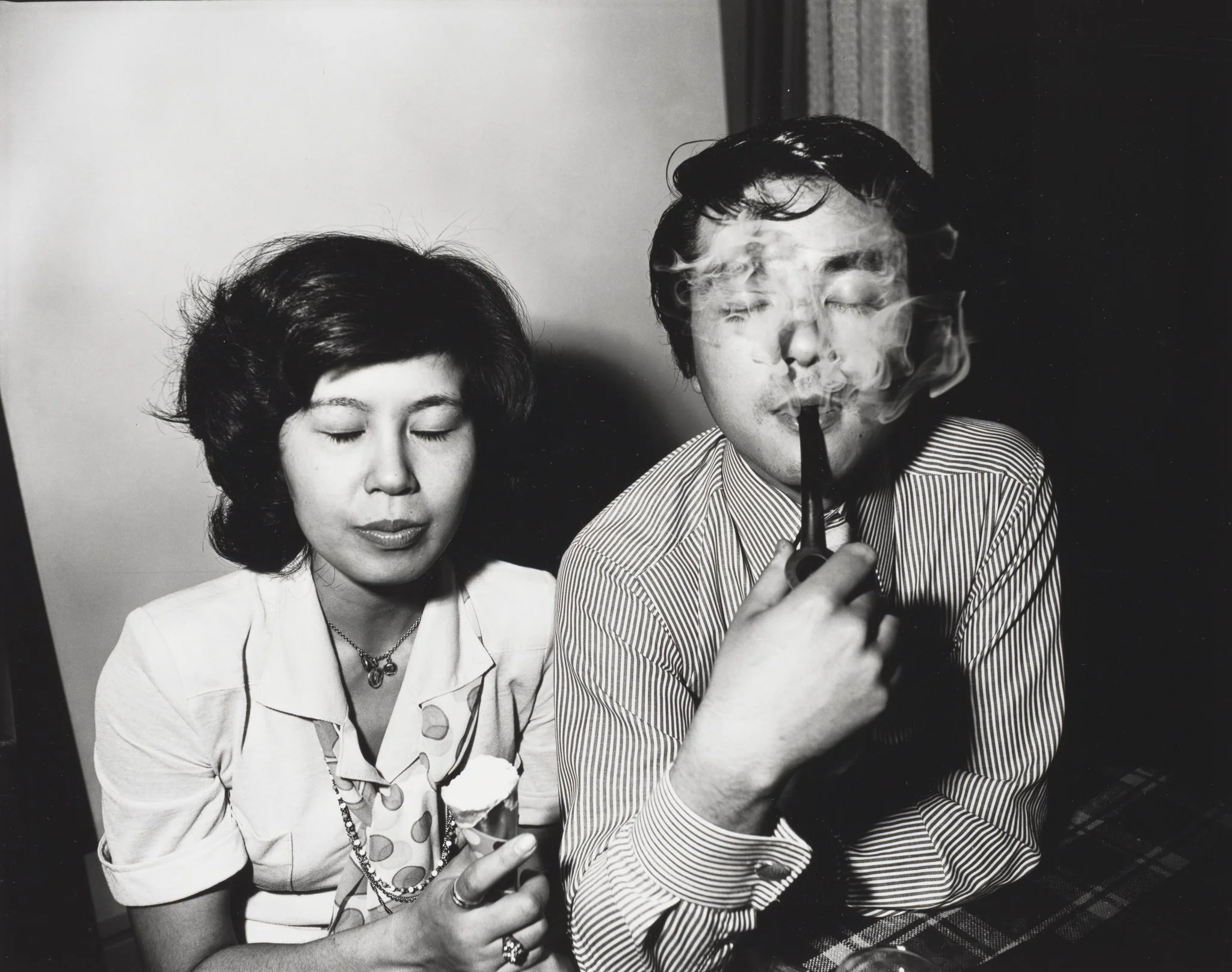Woman Crush Wednesday: Ingrid Weyland
Topographies of Fragility © Ingrid Weyland
Interview by Nikhita Samala
Can you tell us a bit about your project "Topographies of Fragility"? I feel as if it isn't common to see environmental conservation addressed in the fine art world, so I was uplifted to come across your series.
Ingrid Weyland: My aim is to raise awareness about environmental issues by means of suggesting and provoking deeper thought. I steer away from crude representations of environmental damage and prefer to play with the metaphor of the fragility of paper to encourage the viewer to relate his or her own personal vulnerabilities to the landscape before their eyes. I use art as a way of approaching current issues that worry me, framing environmental issues in a different way from how they are presented in the media. It is easy for people to become saturated and desensitized by the direct and blunt way the media presents the environmental crisis. I propose a different approach to raising awareness through art.
I went through a process to reach "Topographies of Fragility". I started out as a portrait photographer, and the turning point was a trip I took from the south of Argentina to Greenland's ice sheet. I forged an intimate connection with these unspoiled, surreal, immense landscapes that seemed to me to contain their own particular mood and beauty. It was on a return trip some years later that I was overwhelmed by the changes that had taken place since my first visit in 2015. Iceland had become a tourist hotspot, and I noticed with sadness how the impact of mankind had started to show on the landscape.
This exact moment marked my urgency to inspire change. I sensed that simply showing beautiful landscapes was not enough, I wanted to find a way of conveying both beauty and decay at the same time. I wanted my work to remind people of their impact on the planet; and to make them stop and think about what we stand to lose as a result of climate change.
Topographies of Fragility © Ingrid Weyland
Topographies of Fragility © Ingrid Weyland
As photographers, what do you think our role is in conservation?
Ingrid Weyland: In my role as a photographer, I create images with a visual impact that encourage the viewer to look twice at the scene before their eyes and consider the impact of mankind on the environment. I believe that art, and its emotional impact, can be a strong advocate for climate engagement both across society as a whole and for those in government. Images are very powerful and can stay in the mind of the viewer for many years. I think photographers have the power to plant a seed of thought that can blossom into change.
Since I first started working on this series, I have been pleased to read comments from people who have written to tell me how my images made them stop and think. A couple of professors have written saying that they were inspired by my work to put the method into practice in their classes: their students took sheets of paper and scrunched them up before trying to flatten them out again, observing how the lines remain and the folds cannot be undone. I found this very moving. Ultimately, my goal is to incite a sense of self-reflection and encourage fellow humans to envisage a world in harmony with nature.
Topographies of Fragility © Ingrid Weyland
Topographies of Fragility © Ingrid Weyland
Are there unifying themes or motifs throughout your projects? If so, what are they?
Ingrid Weyland: The recurring theme in my work is that we are all connected: nature and humans, together. The driving force behind my work is a desire to highlight the relationship between humanity and the environment. Humans fail to take care of the planet, but nature can also be violent in return. There is a link in this conflict, there is a cause and effect. Visually, my projects aim to convey a sense of silence through imagery, a time for contemplation and introspection. For me, nature has always been a "safe" personal place, and I offer that to my viewer as well as they take a moment to look at my work and see what emotions it arouses in them.
In "Topographies of Fragility", all the images have received the same treatment. It takes careful thought to decide which landscapes from my archive of images will be sacrificed because I feel that once I destroy one of my images, I cannot think of it again how it was before, it can never recover. I have a few images “on the side” that I love, and I want to preserve them, I don’t dare alter them.
In all my pieces I experiment with different types of aggression, starting lightly and then applying more pressure, I print my main image in fine art and then print copies on different types of paper and using different methods of printing, as each paper reacts differently. It’s amazing to witness how paper resists at first, it fights back, it does not want to be destroyed, but at last, it has to give in. There is something very powerful in the fact that my own hands “perform” this damage on my own photographs of places of natural beauty.
Topographies of Fragility © Ingrid Weyland
Describe your creative process in one word.
Physical. The physical experience of immersion in nature.
If you could teach a one-hour class on anything, what would it be?
I would teach a class on Experimentation & Photography, focusing on how to view a photograph in different ways. This would include learning how to see levels within a photograph, moving away from the viewed or repeated image, and expanding the limits of the photograph to "find" other new images.
What was the last book you read or film you saw that inspired you?
I would have to name two books.
Wild Swans: Three Daughters of China, by Jung Chang
It's a book that has been in my memory since I first read it, I am amazed to learn about the hardship that some families have gone through from one generation to the next.
Last Breath: Cautionary Tales from the Limits of Human Endurance, by Peter Stark
What is the most played song in your music library?
On Melancholy Hill, by Gorillaz. Music always gives me hope.
How do you take your coffee?
I don't. Love to try different flavours of tea wherever I go.
Topographies of Fragility © Ingrid Weyland














